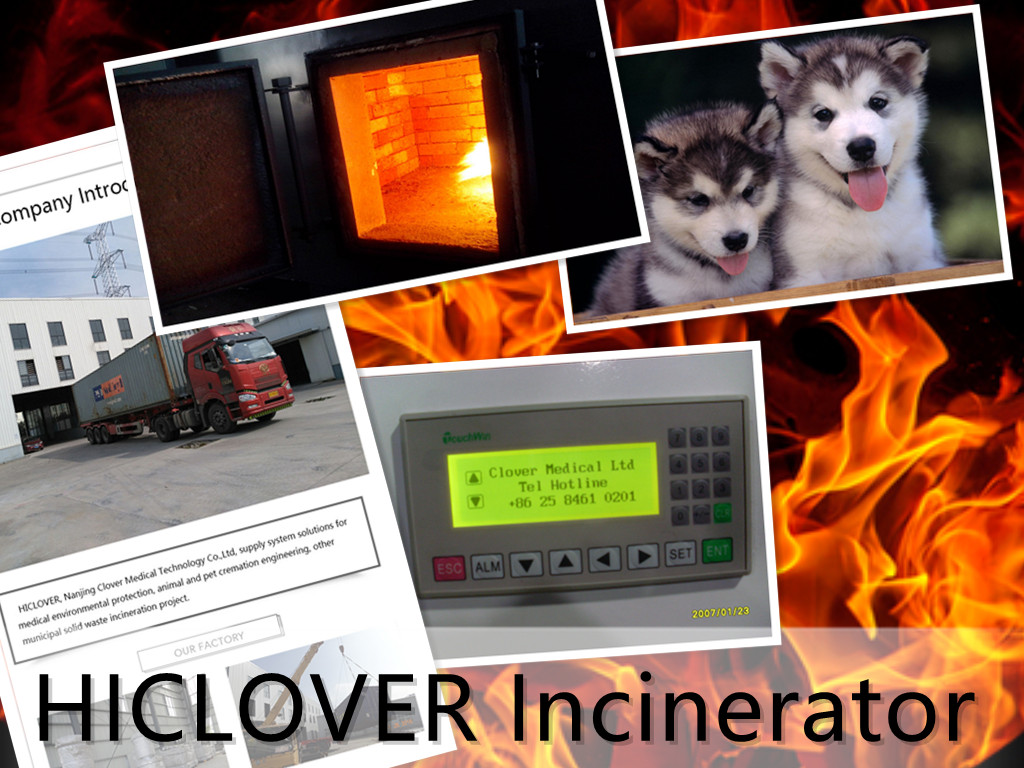Incinerators are a crucial part of waste management systems, particularly in densely populated areas where there is a need to efficiently dispose of large amounts of waste. However, many people are unaware of the fact that incinerators can actually convert waste into energy. This innovative process not only helps reduce the volume of waste that needs to be landfilled, but also generates electricity and heat.
So, how do incinerators convert waste into energy? Let’s take a closer look at the process.
First, the waste is collected and delivered to the incinerator facility. This can include a wide range of materials, from household garbage and industrial waste to medical and hazardous waste. Once the waste arrives at the facility, it is sorted and any recyclable materials are removed. The remaining waste is then fed into the incinerator.
Inside the incinerator, the waste is burned at extremely high temperatures, typically between 800-1000 degrees Celsius. This process, known as combustion, breaks down the waste into its basic components, which includes water, carbon dioxide, and various gases. The heat generated from the combustion process is harnessed to produce steam, which then drives a turbine to generate electricity. In some cases, the excess heat can also be used to provide heating for nearby facilities or even to heat water for residential and commercial use.
In addition to generating electricity, the combustion process also helps reduce the volume of waste that needs to be sent to landfills. This is particularly important in densely populated areas, where landfills are in short supply and pose environmental and health risks.
There are, however, some concerns about the environmental impact of incineration. The combustion process can produce air pollutants such as carbon monoxide, nitrous oxide, and particulate matter, which can have adverse effects on air quality and public health. To address these concerns, modern incinerators are equipped with advanced pollution control technologies, such as electrostatic precipitators, bag filters, and scrubbers, to reduce emissions and minimize environmental impact.
The conversion of waste into energy through incineration is a promising solution for waste management and energy generation. By combining the principles of sustainable waste management and renewable energy production, incinerators play a critical role in creating a more sustainable and efficient waste management system.
In conclusion, incinerators have the capability to convert waste into energy through the combustion process, which generates electricity and heat. This innovative approach not only reduces the volume of waste that needs to be landfilled, but also contributes to renewable energy production. With the use of advanced pollution control technologies, incinerators can help minimize environmental impact and create a more sustainable and efficient waste management system.



